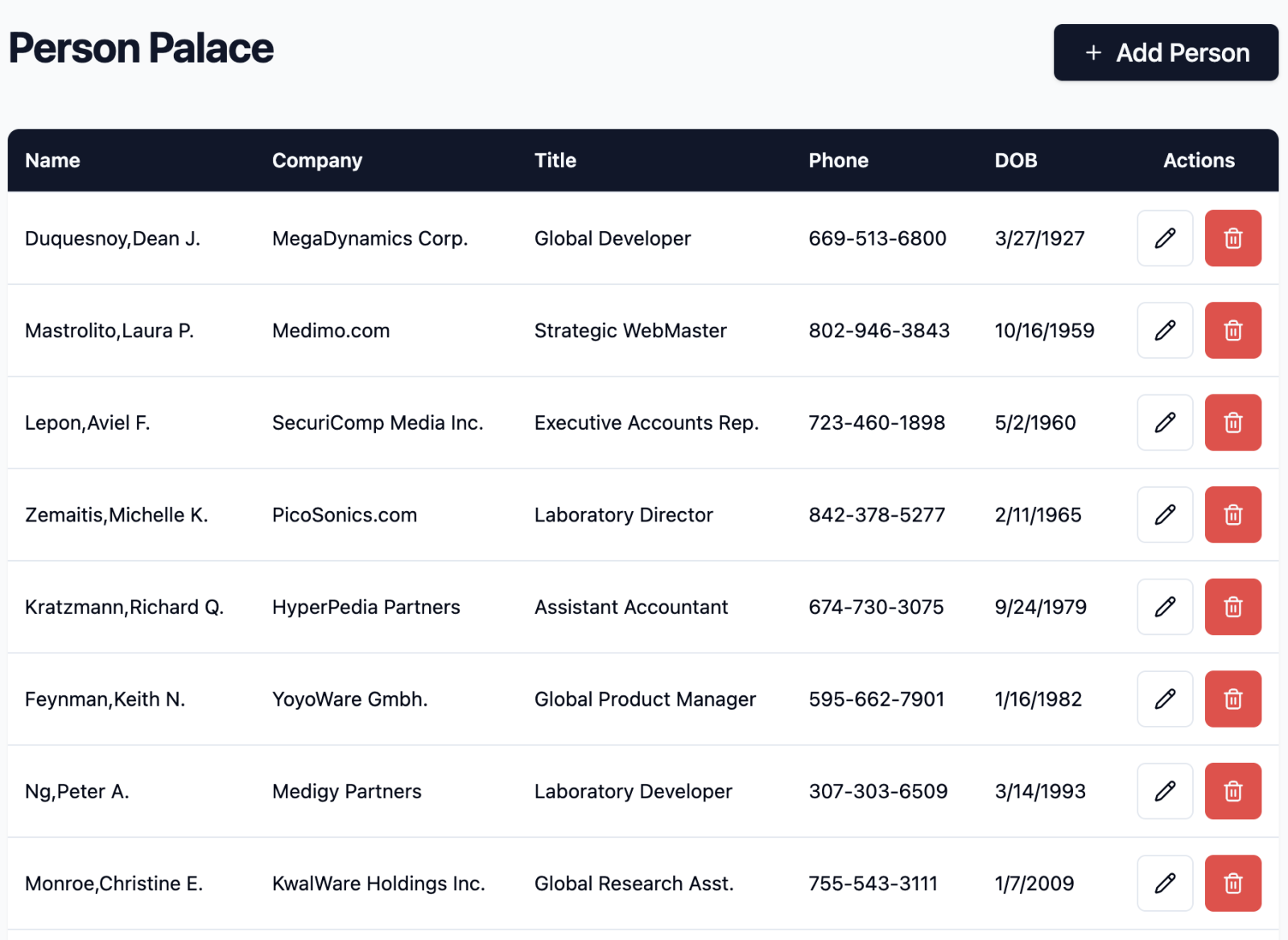The below code is not working. its unable retrieve Record count and merge files
Class Util
{
ClassMethod zPyRecordCount(inputfile) As %Integer [ Language = python ]
{
import pandas as pd
import iris
import io
try:
df = pd.read_csv(inputfile, sep='|')
recordcount=len(df.index)
sys.stdout.write(len(df.index))
return recordcount
except Exception as e:
return 0
}

.png)
